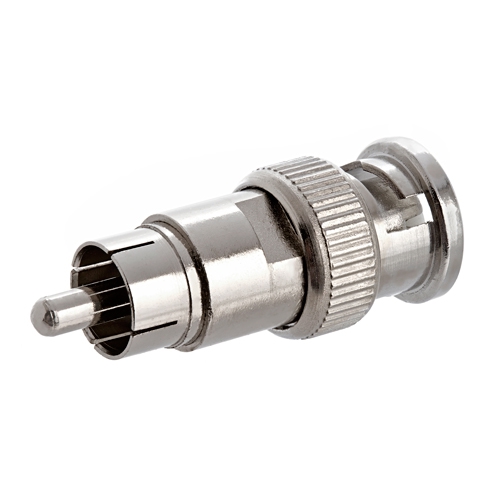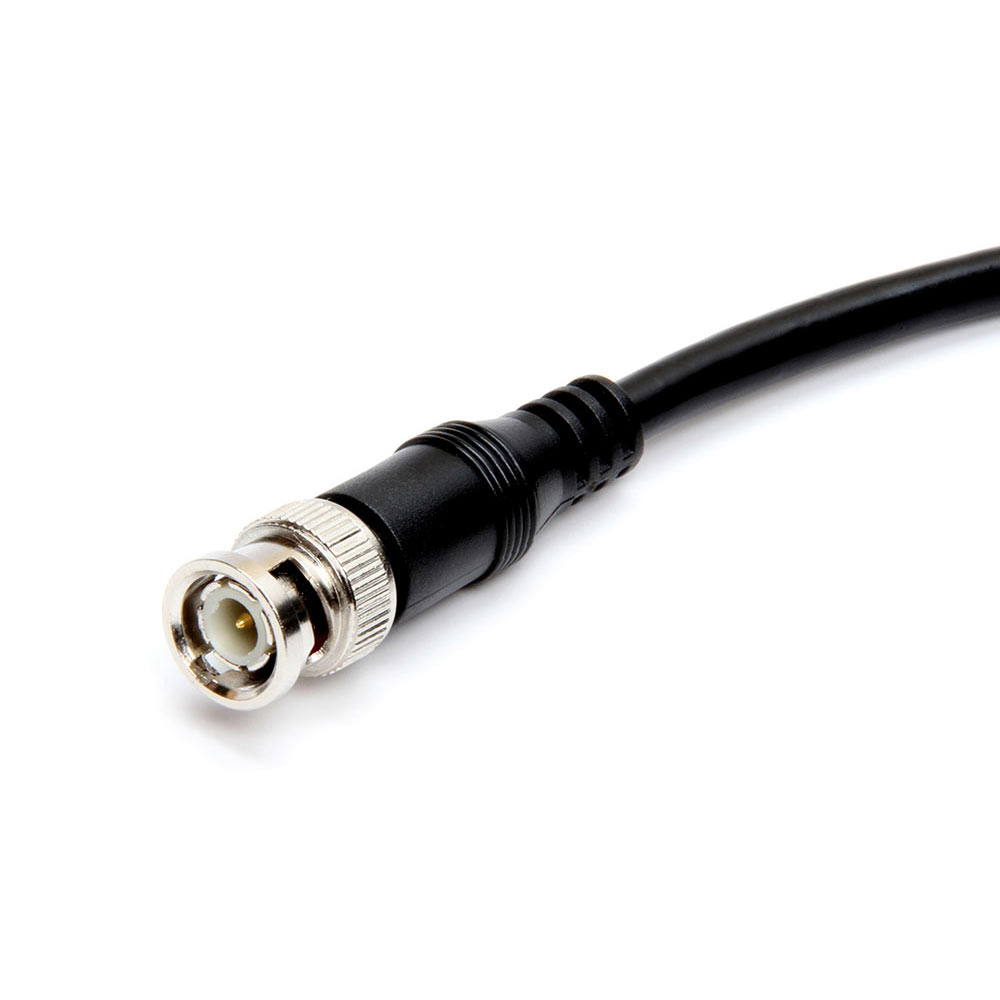BNC Video Cables (Adapters)
In this day and age, there are a whole multitude of different video cables that you can purchase. Each has their own distinct advantages and has an edge over other types. One such cable is the coaxial cable. Even today, with all new technology and different cable types being used, coaxial cables are still in use. Here is a look at BNC video cables; connectors to the normal coaxial cable.
What are BNC Video Cables?
These adapters were invented approximately 65 years after the invention of coaxial cables. BNC video cables were invented by Paul Neill and Carl Concelman in 1945. BNC thus stands for Bayonet Neill-Concelman.
Previously, a method of signal transmission was required that was both simple and cost effective. However, a method of termination was also required. There had to be a way to connect coaxial cables with the end device or port rather conveniently and effortlessly. Answering this need was BNC video cables.
These cables allowed people to do just that. BNC video cables are, in essence, connectors or adapters. They are a simple method to quickly connect a coaxial cable to an instrument, device or even a keystone jack. In fact, all you need to do is perform a quarter turn and the coaxial cable is connected with the BNC video cable adapter.
How do they Work?
These types of cables are usually used as intermediaries between a device or port and the actual coaxial cable. They work in a similar fashion to small Ethernet connection cables, connecting the keystone jack to the actual device. However, they may also be used to connect a main coaxial cable to the video device you are trying to connect to.
BNC video cables work rather efficiently and without much hitch at all. All you have to do is connect one end of the cable to the device or wall jack and connect the other end to the coaxial cable.
Where are they Used?
BNC connectors are used practically everywhere coaxial cables are used. However, BNC video cables themselves were actually designed to be used in the military. This is because it allowed for high speed video transmission over a secure line. All anyone had to do was connect a video device to the cable and from the cable to the corresponding jack.
Now, they are widely used in television applications and video stations, especially for testing signal transmission. One of the most common uses for BNC video cables is to connect a coaxial video cable (from a television network provider) to the actual video device.
Advantages
When it comes to BNC video cables, the only thing that most people know is that they are used to connect inexpensive cables rather cheaply. However, that is not the case. BNC video cables have many advantages to them. They range from simple affordability to impeccably easy connections.
Here is a look at the top 3 advantages of BNC video cables:
Easy Connections – Quite easily, and obviously, the main reason why BNC video cables are so widely used is because they provide an easy means of connecting a video device to a BNC video keystone jack. All you have to do is connect one end of the BNC video cable to each end and give it a simple half turn.
Affordability – BNC video cables were very popular because they were an inexpensive way to connect a video device and jack. From a reputable buyer, you can buy a 6 ft BNC video cable for less than $3. This is ideal because you normally will only need BNC video cables of this length, especially with keystone jacks. However, if you do require longer cables, you can even buy 100 ft BNC video cables at less than $10.
Flexibility – Although many people know this already, it is not given much importance. Most cables nowadays are very flexible. You can easily bend them around every corner without any problem. However, most of these cables don’t keep that shape. They return to their old shape when pressure is removed.
With BNC video cables however, they keep the shape you give them. This lets you manage your cables a lot better. When you need to connect a video device to a coaxial video keystone jack, you can easily bend to your heart’s content and manage the cables the way you want to manage them.
Disadvantages
When there is good in this world, there is definitely bad. Similarly, if one thing has an edge over something else, it is highly likely that it has a downside too. In some cases, there may be more downsides than you think. Fortunately, BNC video cables do not have many downsides.
Cable Size – The world has moved on to cables that not only provide higher quality and faster transmission but are also much slimmer. BNC video cables are rather very thick and can, unfortunately, prove to be very unsightly. Fortunately, when hidden behind a television set it will not make much of a big difference. Therefore, cable size is more of a hindrance than a disadvantage.
Video Only – Another downside to BNC video cables is that they only provide video transmission. If you want audio transmission, you may have to purchase BNC cables that connect a male cable to an RCA format. For many people, this is not usually a big problem as BNC cables (male to RCA) are available at approximately the same prices, if not cheaper.
BNC video cables are therefore one of the best video solutions you can have. They are inexpensive, flexible and allow for exceptionally easy connections to be made. A good reputable buyer will not only sell BNC video cables for less, they will provide high quality cables. If you want to connect a coaxial cable to a video device, it is a smart idea to purchase BNC video cables.
You can find good quality BNC adapters at Cmple
References
https://en.wikipedia.org/wiki/BNC_connector
http://www.ehow.com/about_5052746_bnc-rca-cables.html
http://www.pimfg.com/ifaq/faq_av.htm





